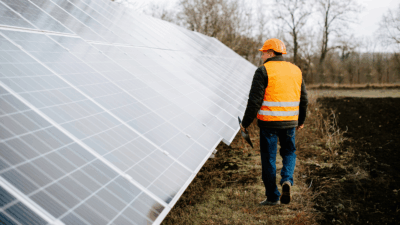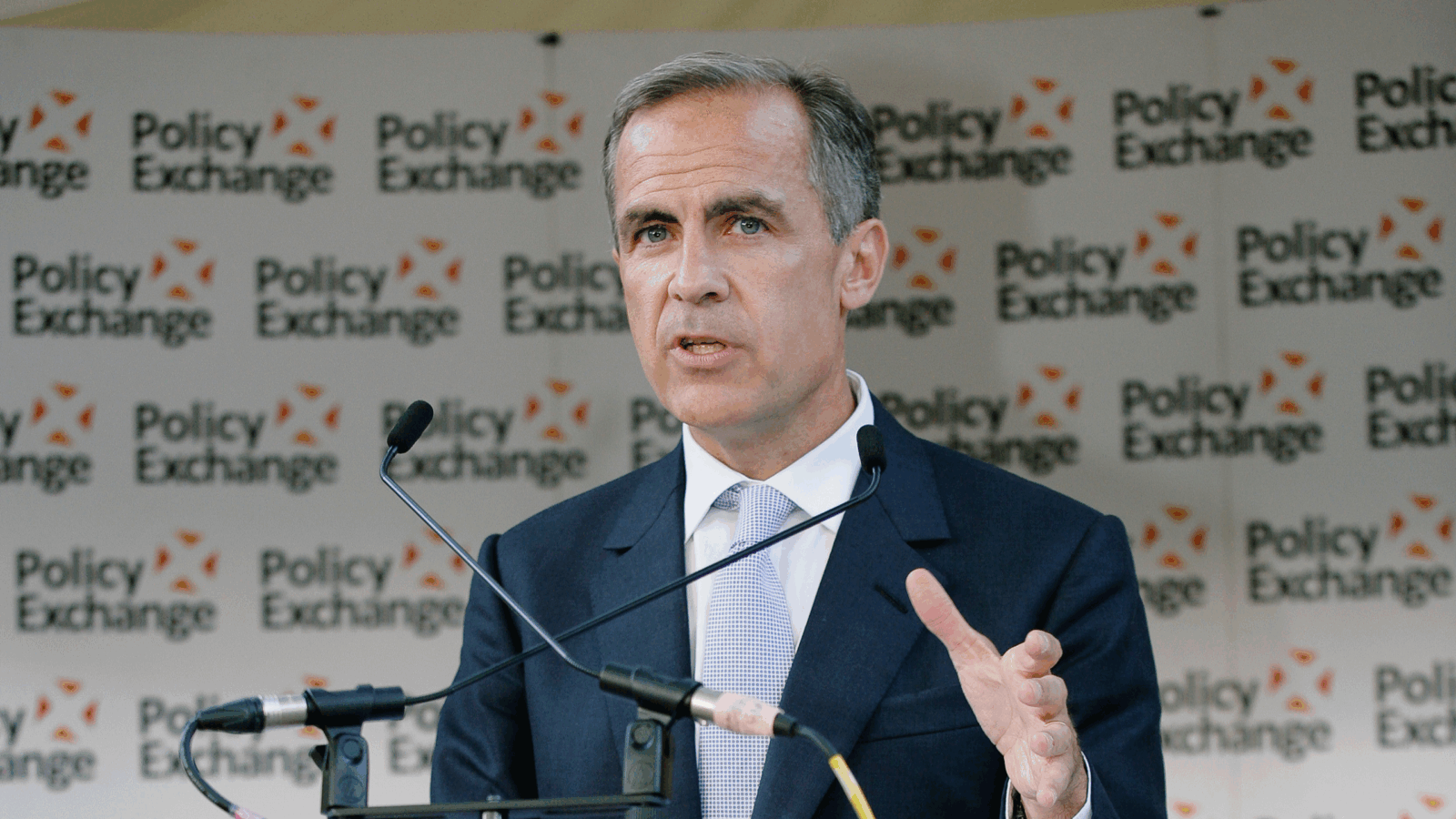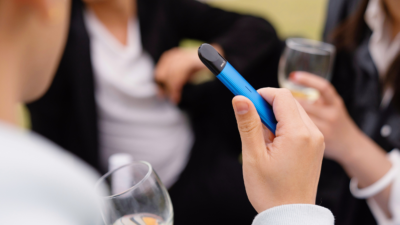Shell Sold Millions of ‘Phantom’ Carbon Credits
Oil industry titan Shell has sold millions of carbon credits linked to CO2 removal that never actually occurred, the Financial Times found.
Sign up for smart news, insights, and analysis on the biggest financial stories of the day.
So this is what they mean by a shell game.
For nearly a decade, oil industry titan Shell sold millions of carbon credits linked to CO2 removal that never actually occurred, according to a Financial Times investigative report published last weekend. It’s just the latest evidence that somewhat discredits the carbon credit economy.
Carbon Capture the Flag
Carbon capture and storage has long been viewed as a potentially powerful, though perhaps limited, tool to combat climate change and lower overall carbon emissions. The problem, in part, is a serious lack of commercial viability. It’s why the Canadian government — and in particular the local government of oil-rich Alberta — spent much of the previous decade offering generous subsidy and incentive plans.
For instance, Shell, which owns and operates a carbon capture facility in Alberta called Quest, agreed with the Alberta government to register and sell carbon credits that were valued at twice the amount of carbon it actually captured at Quest. After eight years of operation, the 2-for-1 scheme likely resulted in more harm than help, the FT found:
- The program, which ran from 2015 through 2021 before ultimately being sunsetted in 2022, allowed Shell to register around 5.7 million unearned credits, with credits typically valued at the equivalent of one ton of CO2. Shell then sold most of the “phantom” credits to massive fossil fuel firms like Chevron, ConocoPhillips, Canadian Natural Resources, and Suncor Energy.
- In selling the bunk credits, Shell effectively gave cover to the other energy firms to continue — and in some cases, expand — emissions-creating processes. According to the FT, the recent production boom in Alberta has slowed Canada’s progress toward achieving emission-reduction goals.
The 2-for-1 scheme was “probably not appropriate,” Jonathan Wilkinson, Canada’s Minister of Energy and Natural Resources, told the FT. Greenpeace Canada senior energy strategist Keith Stewart put it more starkly, telling the FT: “Selling emissions credits for reductions that never happened… literally makes climate change worse.”
Captured Audience: Still, carbon capture technologies are likely to become more prevalent. The White House finalized new rules from the Environmental Protection Agency last month designed to limit power plant emissions. Existing coal plants and new natural gas plants will now be required to curb 90% of emissions by 2039, with carbon capture technology recommended as a method of compliance. But challenges remain. The Supreme Court has already struck down two previous attempts to enforce emissions standards on the power sector, one by the Obama administration and another by the Trump administration. At least it’s been nonpartisan.












